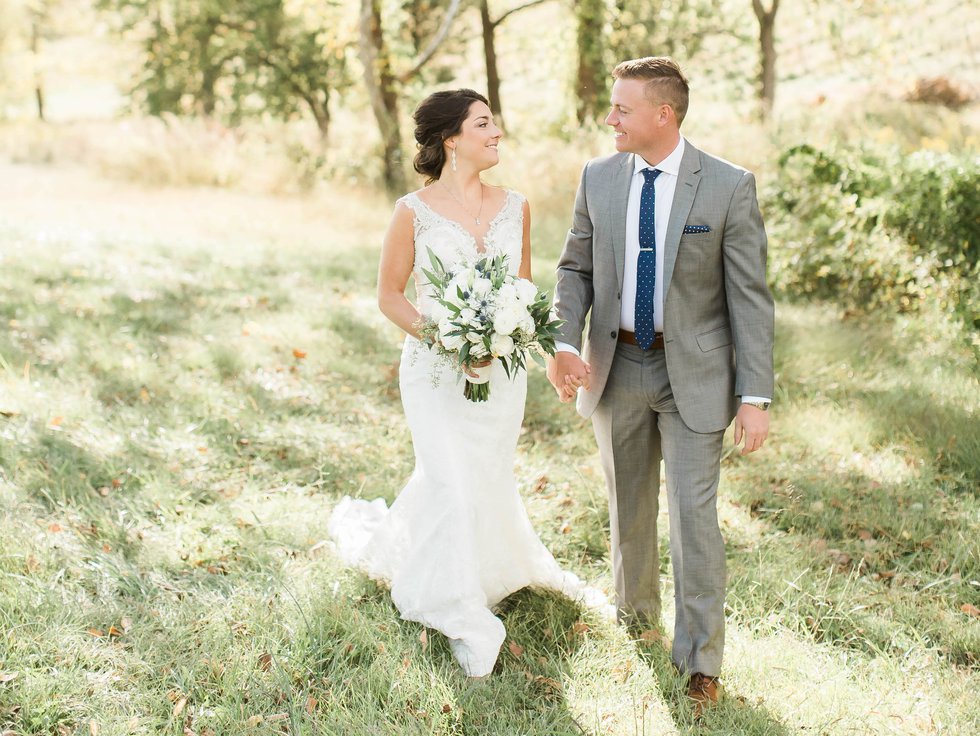More than a costume.

For even the most resourceful historic interpreter, sourcing 17th- and 18th-century clothing is no small feat. Fortunately, sites like Colonial Williamsburg have teams on hand, who create the breeches, waistcoats, and ball gowns of the era with painstaking historic accuracy.
Some wardrobe items are made by the site’s historic tailors, milliners, and shoemakers, but the vast majority of interpreters’ clothing is stitched together at the Foundation’s Costume and Design Center. “We are not making costumes here,” says Mathew Gnagy, the Center’s manager. “We are clothiers. Each person has to look like an individual, not like a cast whose clothes all came from the same closet.”
Although all costumes belong to the site, Colonial Williamsburg made a rare exception when they presented Bill Barker with his Thomas Jefferson costume upon his retirement from the role there. At Monticello, Barker says he provides his own costumes, some of which date back 40 years. Of the costumes gifted him by Colonial Williamsburg he says, “I’ve continued to have them tailored while I’ve been on The Mountain.



See our full article on Historic Interpreters (from our December 2022 issue)









